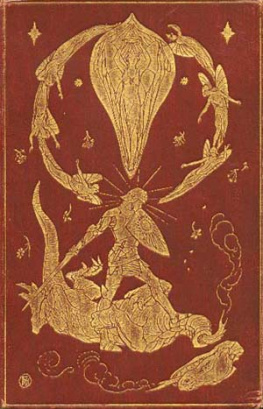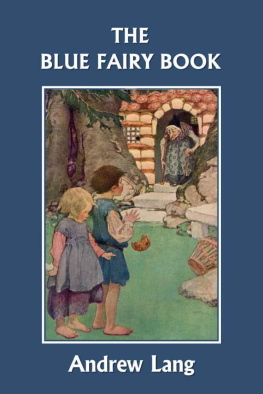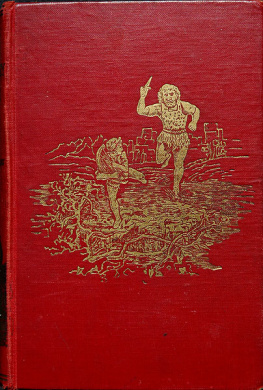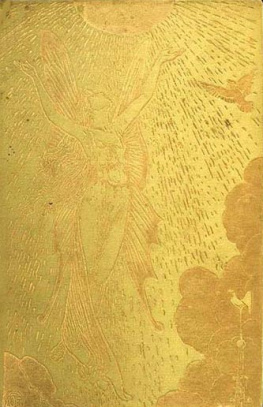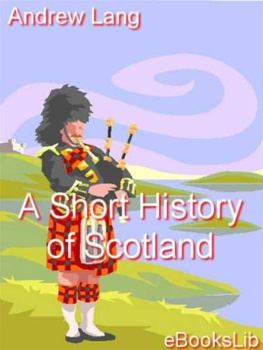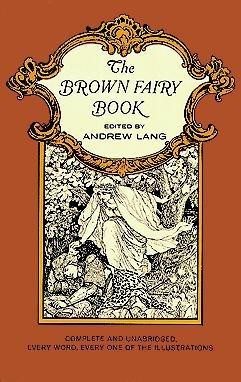Andrew Lang - James VI and the Gowrie Mystery
Here you can read online Andrew Lang - James VI and the Gowrie Mystery full text of the book (entire story) in english for free. Download pdf and epub, get meaning, cover and reviews about this ebook. year: 1902, genre: Art. Description of the work, (preface) as well as reviews are available. Best literature library LitArk.com created for fans of good reading and offers a wide selection of genres:
Romance novel
Science fiction
Adventure
Detective
Science
History
Home and family
Prose
Art
Politics
Computer
Non-fiction
Religion
Business
Children
Humor
Choose a favorite category and find really read worthwhile books. Enjoy immersion in the world of imagination, feel the emotions of the characters or learn something new for yourself, make an fascinating discovery.
- Book:James VI and the Gowrie Mystery
- Author:
- Genre:
- Year:1902
- Rating:5 / 5
- Favourites:Add to favourites
- Your mark:
- 100
- 1
- 2
- 3
- 4
- 5
James VI and the Gowrie Mystery: summary, description and annotation
We offer to read an annotation, description, summary or preface (depends on what the author of the book "James VI and the Gowrie Mystery" wrote himself). If you haven't found the necessary information about the book — write in the comments, we will try to find it.
James VI and the Gowrie Mystery — read online for free the complete book (whole text) full work
Below is the text of the book, divided by pages. System saving the place of the last page read, allows you to conveniently read the book "James VI and the Gowrie Mystery" online for free, without having to search again every time where you left off. Put a bookmark, and you can go to the page where you finished reading at any time.
Font size:
Interval:
Bookmark:
The Project Gutenberg eBook, James VI and the Gowrie Mystery, by Andrew
Lang
This eBook is for the use of anyone anywhere at no cost and with
almost no restrictions whatsoever. You may copy it, give it away or
re-use it under the terms of the Project Gutenberg License included
with this eBook or online at www.gutenberg.org
Title: James VI and the Gowrie Mystery
Author: Andrew Lang
Release Date: January 20, 2010 [eBook #31033]
Language: English
Character set encoding: ISO-646-US (US-ASCII)
***START OF THE PROJECT GUTENBERG EBOOK JAMES VI AND THE GOWRIE MYSTERY***
Transcribed from the 1902 Longmans, Green, and Co. edition by David Price, email ccx074@pglaf.org
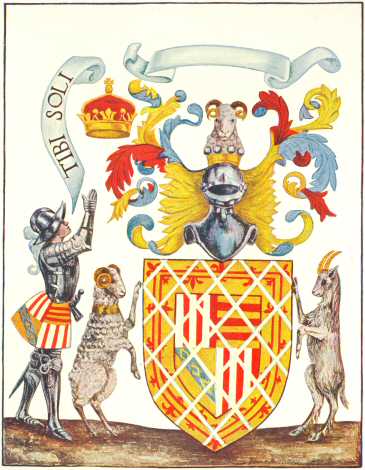
and
THE GOWRIE MYSTERY
by
ANDREW LANG
with gowries coat of arms in colour , 2 photogravure portraits
and other illustrations
LONGMANS, GREEN, AND CO.
39 paternoster row , london
new york and bombay
1902
All rights reserved
to
THE LADY CECILY BAILLIE-HAMILTON
this inquiry
is gratefully dedicated
An old Scottish lady, four generations ago, used to say, It is a great comfort to think that, at the Day of Judgment, we shall know the whole truth about the Gowrie Conspiracy at last. Since the author, as a child, read The Tales of a Grandfather, and shared King Jamies disappointment when there was no pot of gold, but an armed man, in the turret, he had supposed that we do know all about the Gowrie Conspiracy, that it was a plot to capture the King, carry him to Fastcastle, and see how the country would take it, as in the case of the Gunpowder Plot. But just as Father Gerard has tried to show that the Gunpowder affair may have been Cecils plot, so modern historians doubt whether the Gowrie mystery was not a conspiracy by King James himself. Mr. Hume Brown appears rather to lean to this opinion, in the second volume of his History of Scotland, and Dr. Masson, in his valuable edition of the Register of the Privy Council, is also dubious. Mr. Louis Barb, in his Tragedy of Gowrie House, holds a brief against the King. Thus I have been tempted to study this auld misterie afresh, and have convinced myself that such historians as Sir Walter Scott, Mr. Frazer Tytler, and Mr. Hill Burton were not wrong; the plot was not the Kings conspiracy, but the desperate venture of two very young men. The precise object remains obscure in detail, but the purpose was probably to see how a deeply discontented Kirk and country would take it.
In working at this fascinatingly mysterious puzzle, I have made use of manuscript materials hitherto uncited. The most curious of these, the examinations and documents of the country writer, Sprot, had been briefly summarised in Sir William Frasers Memorials of the Earls of Haddington. My attention was drawn to this source by the Rev. John Anderson, of the General Register House, who aided Sir William Fraser in the compilation of his book. The Earl of Haddington generously permitted me to have copies made of the documents, which Lady Cecily Baillie-Hamilton was kind enough to search for and rediscover in an enormous mass of documents bequeathed by the learned first Earl.
On reading the Calendars of the Hatfield MSS. I had observed that several letters by the possible conspirator, Logan of Restalrig, were in the possession of the Marquis of Salisbury, who was good enough to permit photographs of some specimens to be taken. These were compared, by Mr. Anderson, with the alleged plot-letters of Logan at Edinburgh; while photographs of the plot-letters were compared with Logans authentic letters at Hatfield, by Mr. Gunton, to whose acuteness and energy I owe the greatest gratitude. The results of the comparison settle the riddle of three centuries.
The other hitherto unused manuscripts are in no more recondite place than the Record Office in London, and I do not know how they managed to escape the notice of previous writers on the subject. To Dr. Massons Register of the Privy Council I am indebted for the sequel of the curious adventure of Mr. Robert Oliphant, whose part in the mystery, hitherto overlooked, is decisive, if we accept the evidencea point on which the reader must form his own opinion. For copies made at the Record Office I have to thank the care and accuracy of Miss E. M. Thompson.
To Mr. Andersons learning and zest in this longest and sorest chase (as King James called his hunt on the morning of the fatal August 5) I am under the deepest obligations. The allurements of a romantic conclusion have never tempted him to leave the strait path of historical impartiality.
I have also to thank Mr. Henry Paton for his careful copies of the Haddington MSS., extracts from the Treasurers accounts, and other researches.
For permission to reproduce the picture of Fastcastle by the Rev. Mr. Thomson of Duddingston, I have to thank the kindness of Mrs. Blackwood-Porter. The painting, probably of about 1820, when compared with the photograph of to-day, shows the destruction wrought by wind and weather in the old fortalice.
My obligations to Sir James Balfour Paul (Lyon King of Arms) for information on points of Heraldry ought to be gratefully acknowledged.
Since this book was written, the author has had an opportunity to read an Apology for the Ruthvens by the late Andrew Bisset. This treatise is apt to escape observation: it is entitled Sir Walter Scott, and occupies pp. 172303 in Essays on Historical Truth, long out of print. [0a] On many points Mr. Bisset agreed with Mr. Barb in his Tragedy of Gowrie House, and my replies to Mr. Barb serve for his predecessor. But Mr. Bisset found no evidence that the King had formed a plot against Gowrie. By a modification of the contemporary conjecture of Sir William Bowes he suggested that a brawl between the King and the Master of Ruthven occurred in the turret, occasioned by an atrocious insult offered to the Master by the King. This hypothesis, for various reasons, does not deserve discussion. Mr. Bisset appeared to attribute the Sprot papers to the combined authorship of the King and Sir Thomas Hamilton: which our new materials disprove. A critic who, like Mr. Bisset, accused the King of poisoning Prince Henry, and many other persons, was not an unprejudiced historian.
page | |
Introduction | vii |
I. | The Mystery and the Evidence |
II. | The Slaughter of the Ruthvens |
III. | The Kings Own Narrative |
IV. | The Kings Narrative . II |
V. | Hendersons Narrative |
VI. | The Strange Case of Mr. Robert Oliphant |
VII. | The Contemporary Ruthven Vindication |
VIII. | The Theory of an Accidental Brawl |
IX. | Contemporary Clerical Criticism |
X. | Popular Criticism of the Day |
XI. | The King and the Ruthvens |
XII. | Logan of Restalrig |
XIII. | The Secrets of Sprot |
XIV. | The Laird and the Notary |
XV. | The Final Confessions of the Notary |
XVI. | What is Letter IV ? |
XVII. | Inferences as to the Casket Letters |
APPENDICES |
Font size:
Interval:
Bookmark:
Similar books «James VI and the Gowrie Mystery»
Look at similar books to James VI and the Gowrie Mystery. We have selected literature similar in name and meaning in the hope of providing readers with more options to find new, interesting, not yet read works.
Discussion, reviews of the book James VI and the Gowrie Mystery and just readers' own opinions. Leave your comments, write what you think about the work, its meaning or the main characters. Specify what exactly you liked and what you didn't like, and why you think so.


